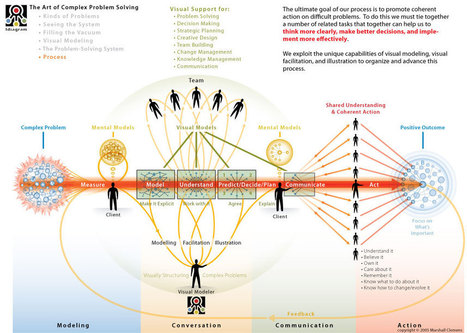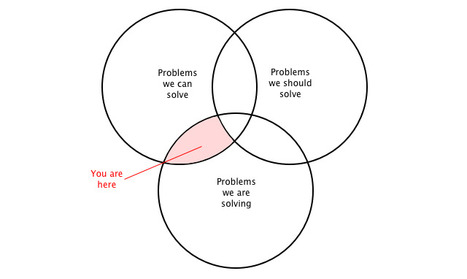With logic you start out with certain ingredients just as in playing chess you start out with given pieces. But what are those pieces? In most real life situations the pieces are not given, we just assume they are there. We assume certain perceptions, certain concepts and certain boundaries. Lateral thinking is concerned not with playing with the existing pieces but with seeking to change those very pieces. Lateral thinking is concerned with the perception part of thinking. This is where we organise the external world into the pieces we can then 'process'.
A healthy human brain does not want to always be creative, it is designed to figure out how to do things or how to think about things and then 'locks' that automatic response or behaviour into a subconscious process so that your conscious brain can focus on other matters.
Learn more / En savoir plus / Mehr erfahren:
http://www.scoop.it/t/21st-century-learning-and-teaching/?&tag=Thinking
http://www.scoop.it/t/21st-century-learning-and-teaching/?&tag=Think-Different
http://www.scoop.it/t/21st-century-learning-and-teaching/?&tag=Think+outside+the+box



 Your new post is loading...
Your new post is loading...








![5 Methods for Developing Problem-Solving Skills [Infographic] | 21st Century Learning and Teaching | Scoop.it](https://img.scoop.it/fRF6vtcuxFPgryx6EnVlsTl72eJkfbmt4t8yenImKBVvK0kTmF0xjctABnaLJIm9)

















Learn more / En savoir plus / Mehr erfahren:
http://www.scoop.it/t/21st-century-learning-and-teaching/?&tag=Thinking
http://www.scoop.it/t/21st-century-learning-and-teaching/?&tag=Think-Different
http://www.scoop.it/t/21st-century-learning-and-teaching/?&tag=Think+outside+the+box